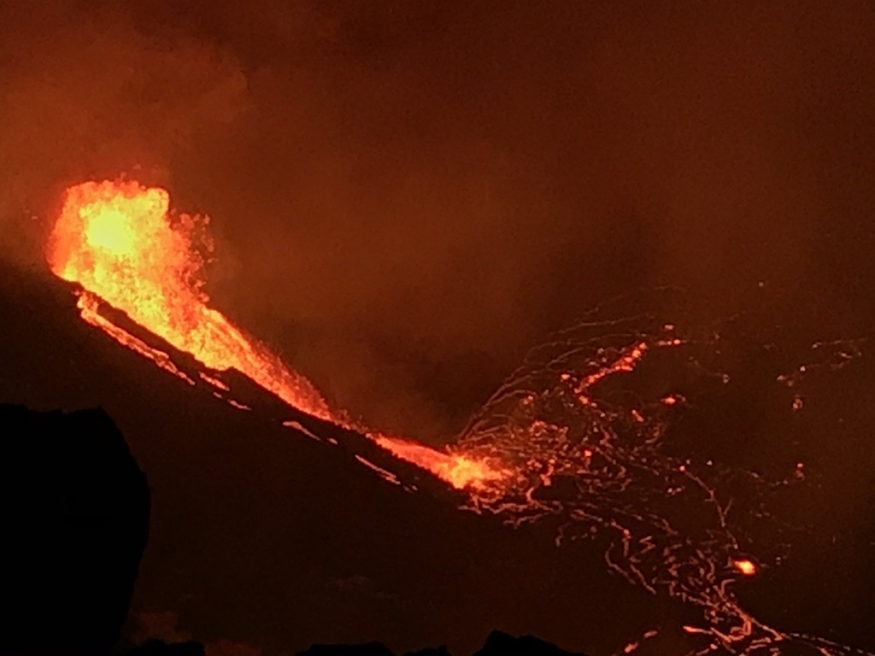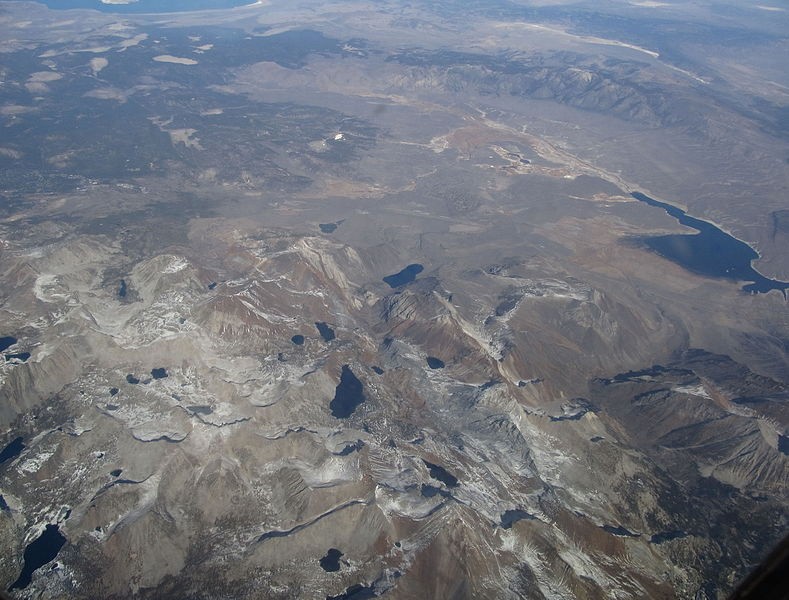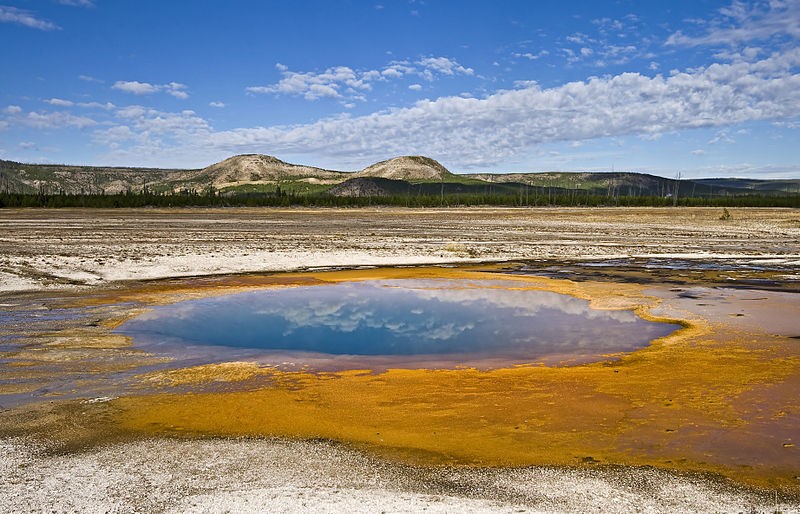The Volcanic Explosivity Index (VEI) of a supervolcano, which ranges from 0 to 8, is used to define it. The greatest eruptions in history have a magnitude of 8, and supervolcanoes are more likely to erupt at this magnitude.

Active Supervolcanoes in the US

In the United States, there are currently three active supervolcanoes. Yellowstone, the Long Valley Caldera, and the Valles Caldera are the three supervolcanoes.
A depression in California known as the Long Valley Caldera is one of the Earth's biggest calderas. It was produced around 760,000 years ago as a consequence of a supereruption.
Because it is active and has a reservoir of more than 240 cubic miles of lava underneath the valley, the Long Valley Caldera is of particular interest to California scientists.
The Long Valley Caldera, according to scientists, might erupt once again. Its eruption was 2000 times bigger than that of Mount St. Helens when it erupted 760,000 years ago. The blast formed a caldera that was 20 by 10 miles in size, with the land area sinking more than a mile into the void where the erupted magma had previously been.
Read also: Long Valley Supervolcano: World's Most Dangerous Volcano Shows Signs of 'Imminent Eruption'
What are Supervolcanoes?
The term "supervolcano" refers to a volcanic center with a magnitude eight eruption on the Volcano Explosivity Index (VEI), which means it spewed more than 1,000 cubic kilometers (240 cubic miles) of material at one moment.
The word "supereruption" became popular in the early 2000s as a clever way to designate VEI 8 eruptions. A circular-shaped collapse structure, known as a caldera, arises above the evacuated magma storage zone when explosive events of this scale eject so much magma.
Yellowstone Caldera

Yellowstone's biggest (super) eruption (2.1 million years ago) erupted in a volume of 2,450 cubic kilometers. Most of Yellowstone's many eruptions, like those of many other caldera-forming volcanoes, have been less than VEI 8 supereruptions, making it difficult to classify it as a "supervolcano."
Long Valley in eastern California, Valles Caldera in New Mexico, Toba in Indonesia, and Taupo in New Zealand are all caldera-forming volcanoes that have generated extremely significant pyroclastic eruptions in the last 2 million years. Taupo is the most recent supereruption on Earth, having erupted 22,600 years ago (with a volume of about 1,130 cubic kilometers).
The enormous caldera volcanoes of Japan, Indonesia, and South America can also create supereruptions.
Chances of Eruption
A supervolcano eruption might result in massive devastation and human loss. A supervolcanic eruption may potentially produce hazardous gas, falling ash, and changes in the global climate, according to the US Geological Survey.
The odds of any of the three supervolcanoes in the United States exploding in the near future are slim, and there will most likely be no large eruptions over the next few thousand years. It is, nonetheless, preferable to be prepared.
For similar news, don't forget to follow Nature World News!
© 2025 NatureWorldNews.com All rights reserved. Do not reproduce without permission.





